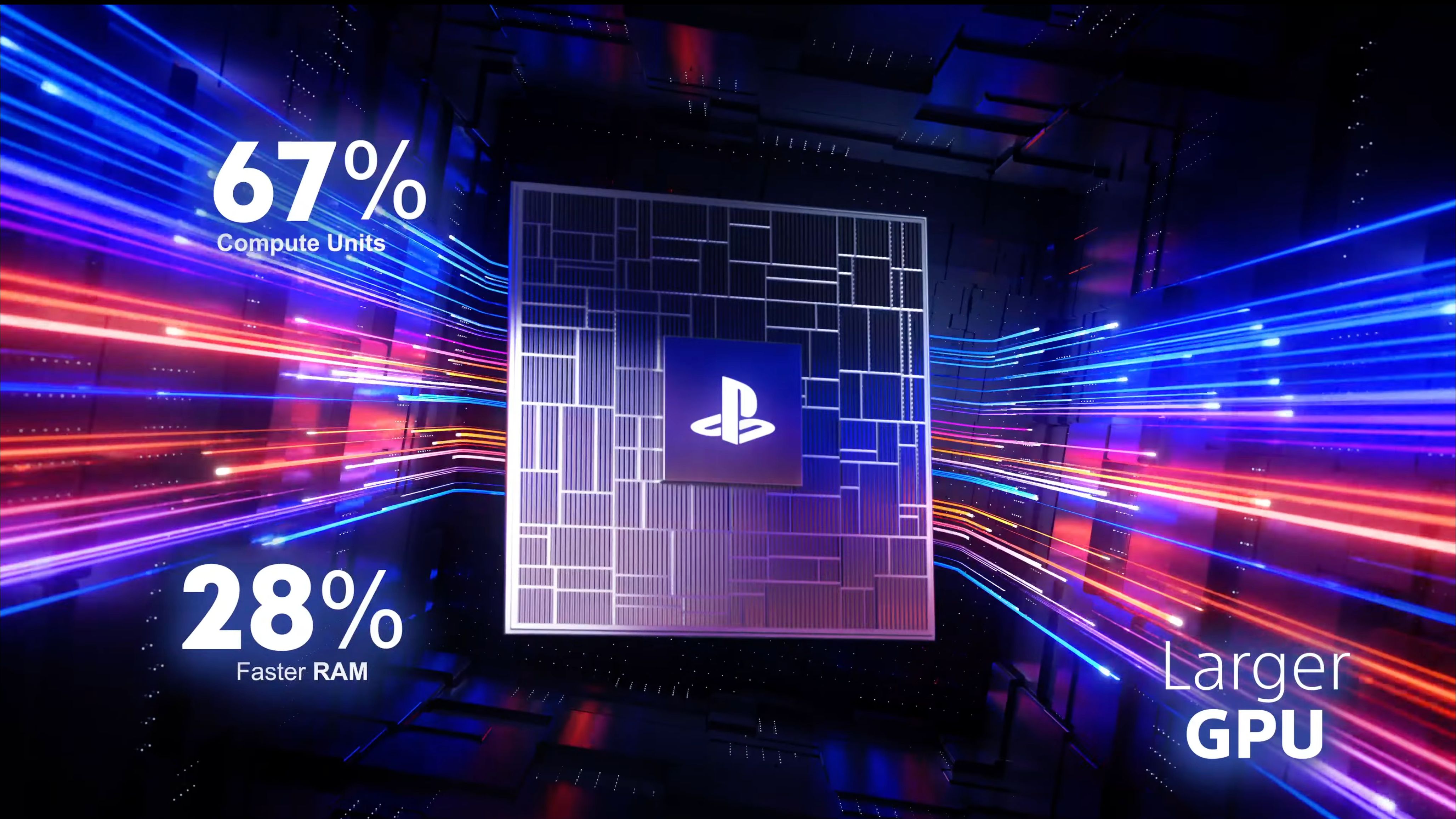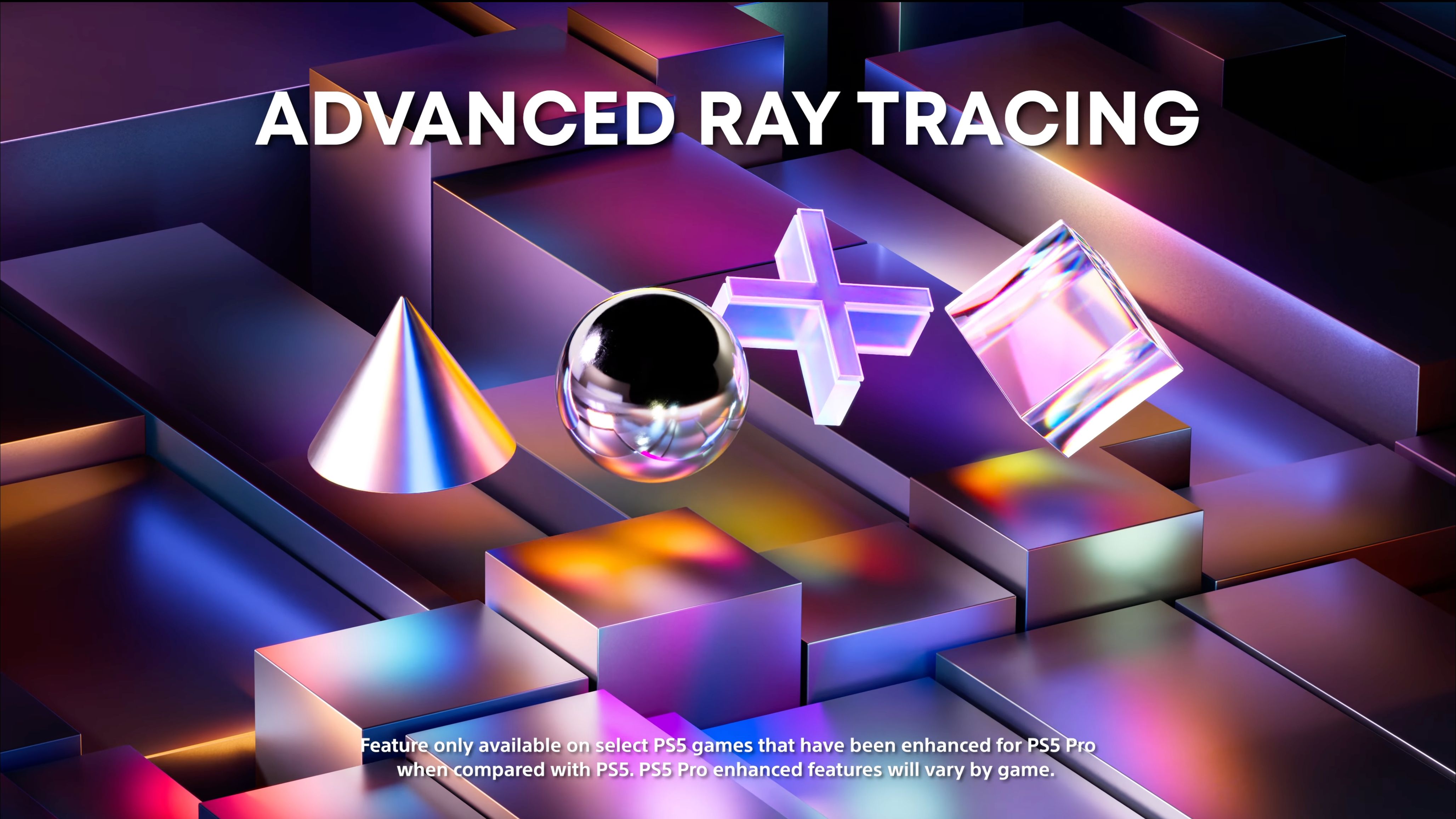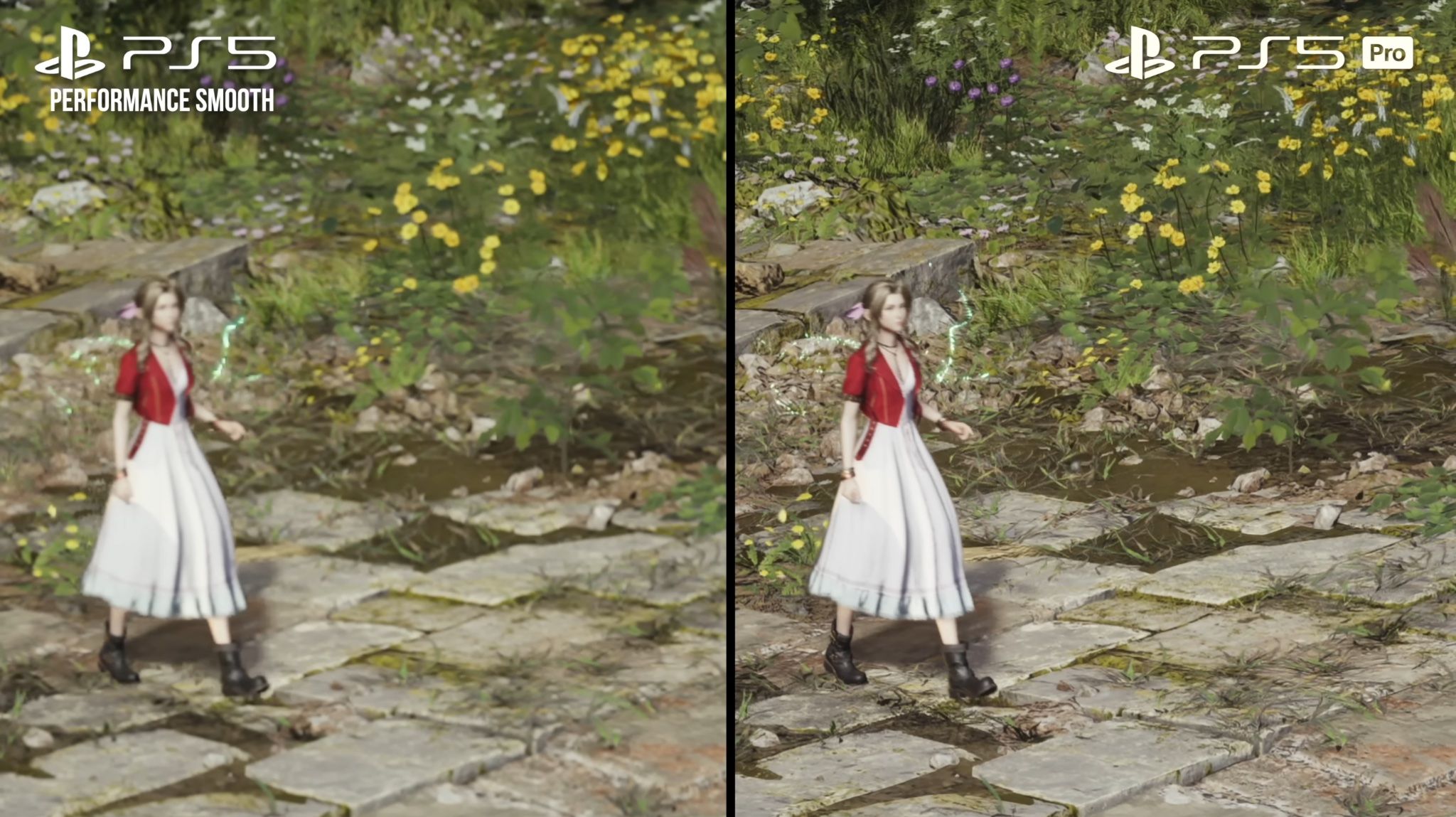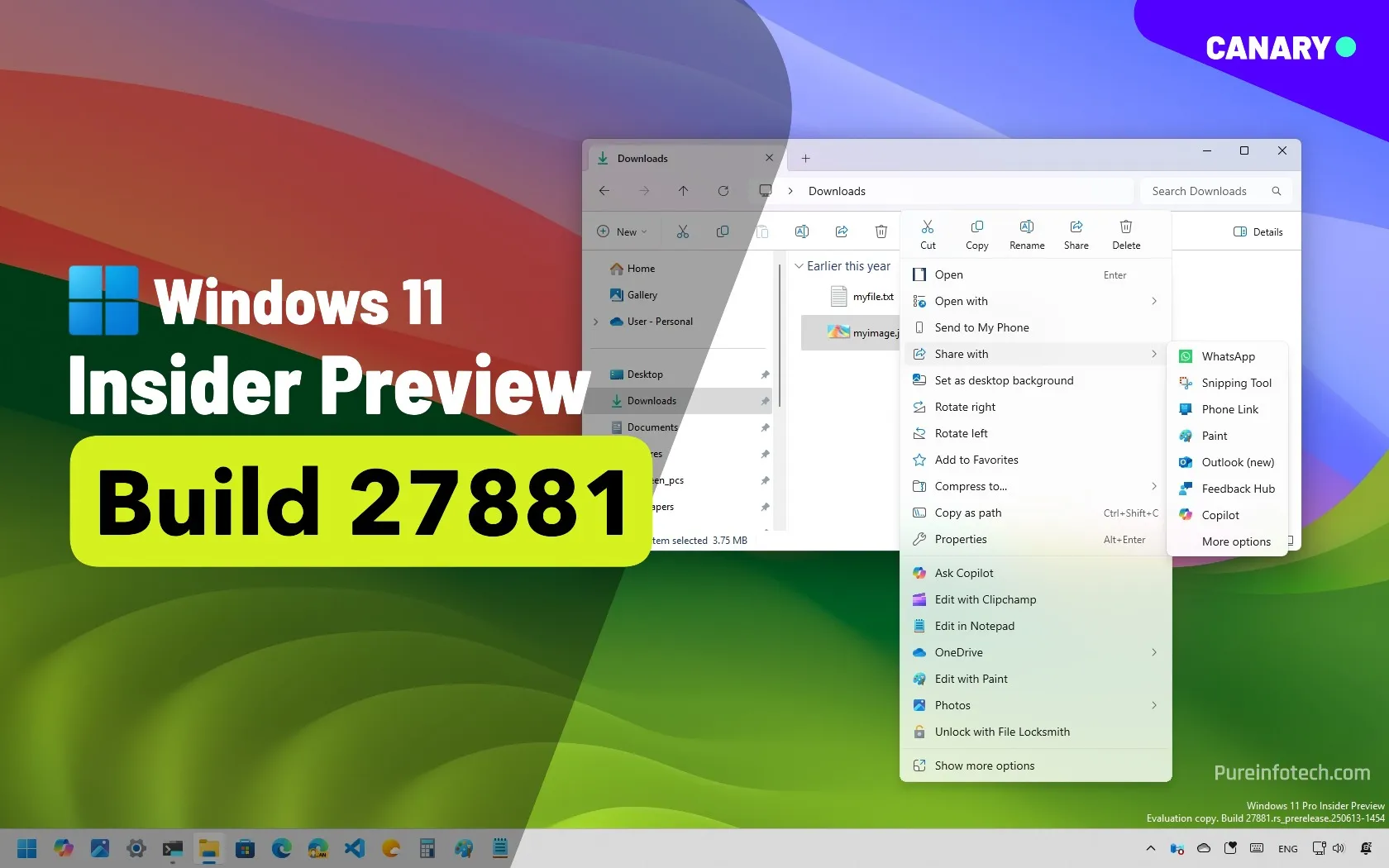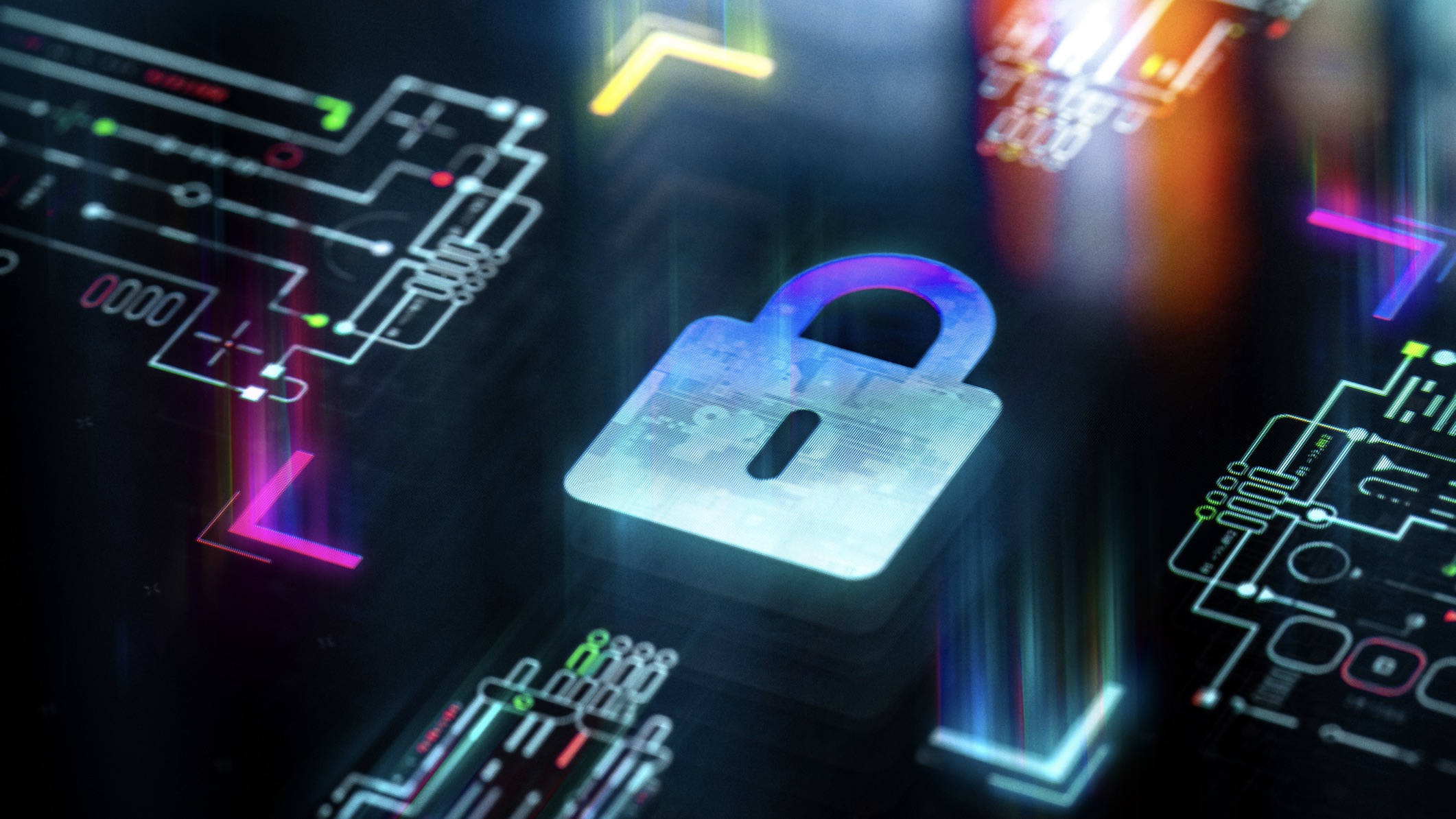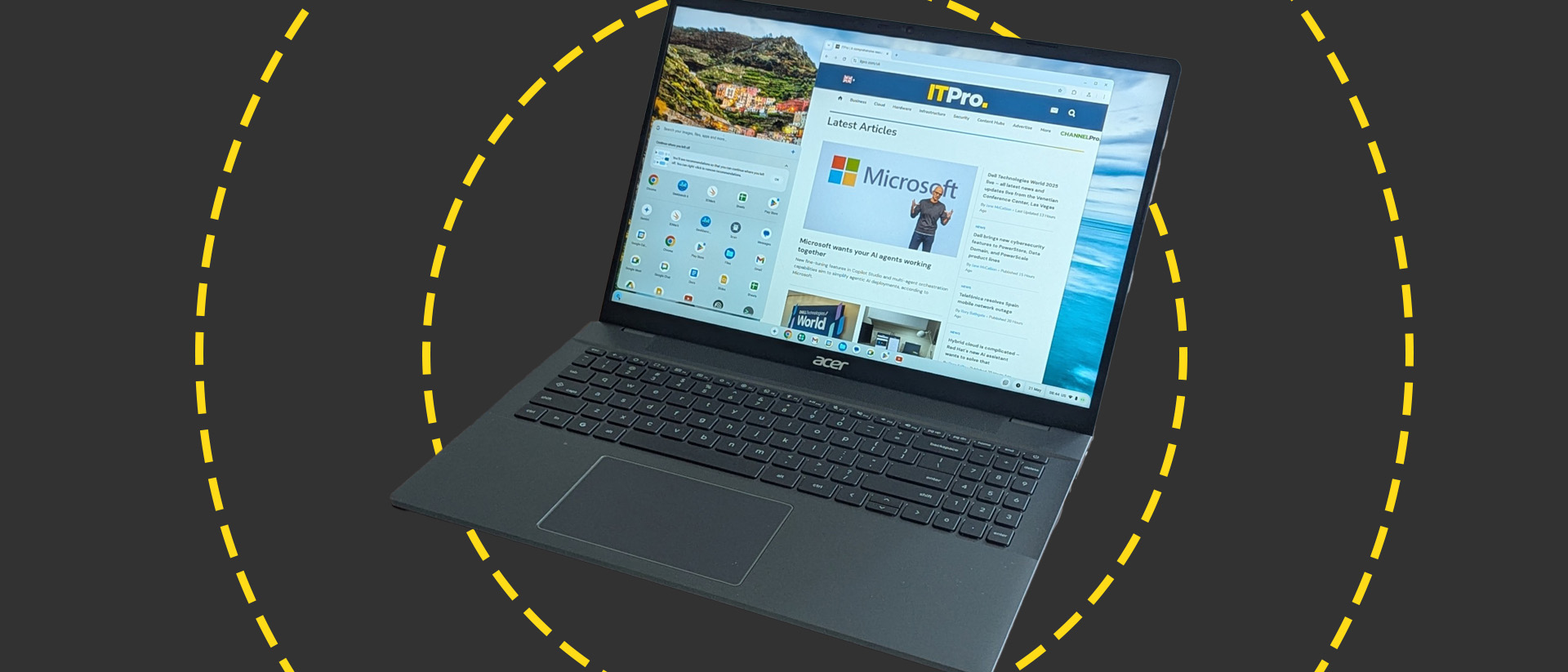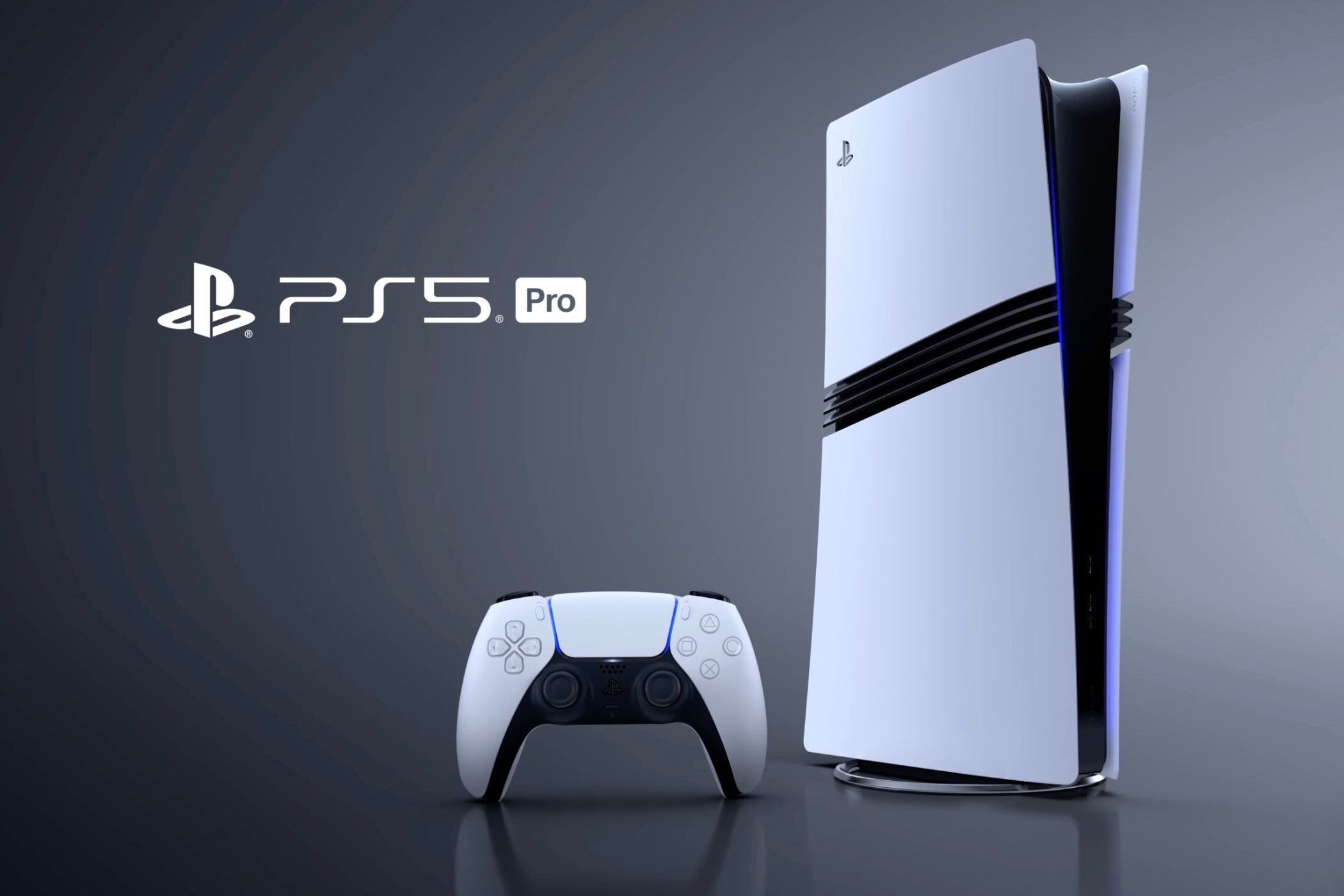
Key Takeaways
- PS5 Pro offers notable hardware upgrades, but not essential, with the main highlight being the PSSR AI-upscaling technology.
- 4K resolution is excessive for gaming, leading to a need for reconstruction methods.
- AI upscaling like PSSR is crucial for modern gaming on high-resolution displays.
The PlayStation 5 Pro is here, and at a reasonable price given what’s packed inside. Yet, despite improvements across the board for Sony’s console, the only feature that really matters is the Pro’s PSSR AI-upscaling technology. Here’s why.
The PlayStation 5 Pro’s Hardware Upgrades Are Nice, Not Essential
Setting aside PSSR for the time being, the PS5 Pro improves on the base model by giving us a bigger, faster GPU. By all accounts, it should, on average, perform around 45% better than the base model GPU. That’s the sort of improvement you get by moving up two tiers in the PC GPU stack, or about a 1.5x generational improvement using PC GPUs as an example again. In other words, 45% is nothing to be sniffed at, but it’s not the sort of performance uplift I’d ever recommend someone pay for.
On PC, I’d always wait until the new card on the same tier offered at least twice the performance of my outgoing GPU, and that usually means 2-3 generations before an upgrade. So, while a 45% increase in raw performance is more than welcome, the PS5 didn’t actually need it. When a game is GPU limited, developers always have the option to trim the graphical settings until they reach an acceptable image quality and performance level. Whether they’re ever willing to do that is another question, but the fact remains you can work around a limited GPU performance pool.
The other big headline upgrade is an improvement to ray tracing performance. Ray tracing was one of the big missteps AMD made for the PS5 and Xbox Series S and X. NVIDIA caught them completely off-guard with the release of their RTX graphics cards, and suddenly there was a major visual technology difference between PC and console.
However, better ray tracing performance is again simply a nice-to-have feature at this stage of the game. While I’m an avowed fan and supporter of real-time ray tracing as the future of graphics, most players are hard-pressed to even notice the difference unless you put things side-by-side for them. I’m happy the PS5 Pro addresses this weakness, but it’s probably not worth the upgrade by itself.
4K Is the Thorn in the Side of All Gaming
The fact that 4K UHD and its enormous pixel count is the current standard for televisions was and remains a major pain in the neck for consoles. To be frank, 4K is significant overkill for video games, and even high-end PC gamers tend to prefer 1440p or 1440p ultrawide even for monitors inches away from their eyes. Even worse, most people sit so far from their TVs that they can’t even see the benefits of a native 4K image.
Regardless, by modern standards, the GPU in the base PS5 is a 1080p to 1440p class GPU. Modern titles that are exclusive to the PS5 tend to render internally at 1080p or even lower, and then gets upscaled using some type of software method like AMD’s FSR. Since it’s a fool’s errand to squander such a small amount of GPU power on eight million pixels that don’t all benefit the viewer, the challenge is how to reconstruct the image on the high-resolution display so that it looks crisp and beautiful to the eye.
The Base PS5 Has a Serious Image Quality Problem
Which is where we get to the main reason a PS5 Pro was needed in the first place: image quality. Just like ray tracing, AMD completely missed the boat with AI upscaling. So, while a desktop GPU like an RTX 4060 or 3060 Ti would offer very similar baseline performance compared to the PS5 at the same visual setting and internal resolution, NVIDIA’s DLSS upscaling technology offers far superior upscaling compared to methods like AMD FSR, which is now commonly used on base PS5 titles.
For the most part, current-generation games look fine at 30fps on the base PS5, but if you want to play at a much more pleasant 60fps, it means enduring smeary, blurry, and unpleasant visuals. In my opinion, a lot of PS5 games shouldn’t have bothered with a 60fps mode, since the image quality on offer is just too low.
Now, if you upgrade nothing else about the base PS5 except for the upscaling method, it would already make an obvious and dramatic difference to existing games. By far the biggest impact, if you ask me. PS5 games look fine, they’re just too blurry when you try to push the frame rate.
AI Upscaling Is Crucial to Modern Gaming
Resolution is one of those easy marketing specs that people love to point at, because a bigger number is always better. Except that there’s a point of diminishing returns with 4K, and it’s reached long before you actually get there. For that reason, I’m willing to predict that no future console generation will render games at 4K natively, no matter how much GPU power they have. Why? Because you should only render as much resolution as the player’s eye can notice, and any horsepower above that level should go to lighting, materials, texture detail, and all the other elements besides resolution that make an image attractive. I’d rather look at a 1080p oil painting than a 4K crayon drawing, is what I’m saying here.
The 4K native pixel grid of a television isn’t a target to reach, it’s an obstacle to overcome when it comes to final image quality. PSSR and technologies like it are the future of making any image look good, regardless of what screen it happens to be on. In my opinion, if Sony had simply refreshed the base PS5 with PSSR hardware, that alone would have been a worthwhile (and much cheaper!) upgrade.
Source link


